5 Tips to Share Music from Mexico Celebrations and Traditions to Cultivate Social Awareness
Mexico Celebrations and Traditions will set the stage for creating lesson plans for your music classroom. Music from Mexico for Hispanic Heritage Month, Cinco De Mayo, or a fiesta is a great time to share Mexico types of music! The history of Mexico music dances, instruments, and Mexico music genres will enrich your music classroom and help your students grow awareness and appreciation for other cultures around the world.
#1 Gather Facts on the History of Mexico Music
Gathering your facts on the history of Mexico music often means finding historical facts that your music students can relate to and will find interesting. I discovered Mexico has giant Olmec heads that date back to the Stone Age. Also, the Chichén Itzá Pyramid is now one of the new Seven Wonders of the World.
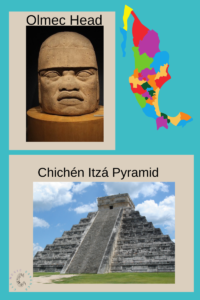
I also include the history of Hernán Cortes from Spain. In the early 1500s, Spain invaded and conquered Mexico which is why so much of the music and instruments can be traced back to Spain (see here for a similar Spain lesson here), and why you can teach music from Spain during Hispanic heritage month.
Facts about Mexico Celebrations and Traditions: Hispanic Heritage Month
Mexico Celebrations and Traditions start with Mexico’s independence from Spain is celebrated on September 16th and ties into the dates for National Hispanic Heritage Month which is September 15 to October 15. The observation started in 1968 as Hispanic Heritage Week under President Lyndon Johnson and in 1988 it was extended to 30 days by President Ronald Reagan.
It all started when Father Miguel Hidalgo y Costilla rang the church bell in the town of Dolores and gave a speech called the Grito de Dolores “cry of Dolores.” His speech triggered the war which Mexico eventually won. Today, each year on September 16th the President of Mexico still rings the bell.
Another Mexico Celebrations and Traditions you might be wondering about Cinco De Mayo, the 5th of May. I always thought this was Mexico’s Independence day, but discovered I was wrong. Cinco De Mayo commemorates a battle rather than a war for independence. It has become a day to celebrate Mexican heritage and Culture mostly for people living in the United States, especially in states with a higher Hispanic population.
Share Mexico Types of Music
After the history of Mexico music, I like to gather information on Mexico types of music. The styles I shared for my music classes were Mexican Son (folk music), Ranchera (work songs), and of course the history and instruments of Mariachi. Other important genres of music could include banda music and Mexican huapango.
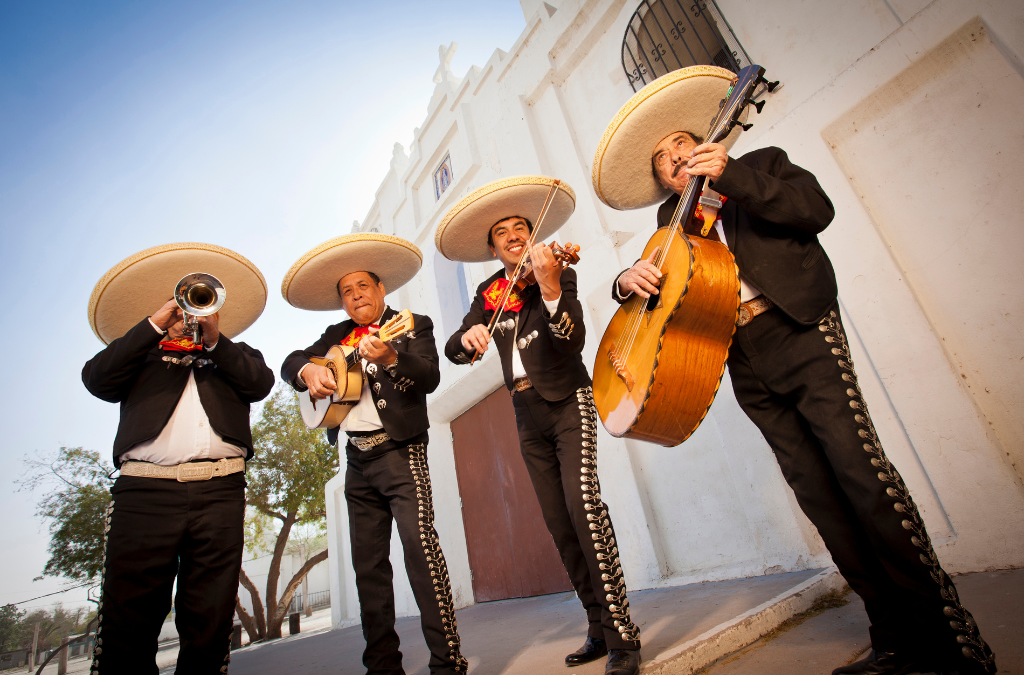
Instruments from Mexico
After discovering Mexico music genres, add in the great selection of instruments from Mexico. The mariachi orchestra has many instruments that can be featured: violin, guitars, vihuela and guitarron, a harp and vocals. Trumpets were added later, to be relevant with the 1940s and 50s jazz and Cuban bands. Mexico even liked to use the accordion brought from German immigrants and of course there are auxiliary percussion instruments like the guiro that has roots from Latin American.
Songs From Mexico
A great way to wrap up the facts is to include music history on songs from Mexico. Preferable songs that you can expand on by teaching them on an instrument in class and even use in a performance. Cielito Lindo is a beautiful song to sing and play. If you have a guitar group, Cielito Lindo makes a great performance song. It also has a simple chord accompaniment that can go with xylophones or even boomwhackers. Another great folk song is La Raspa which has an easy folk dance to share with students.
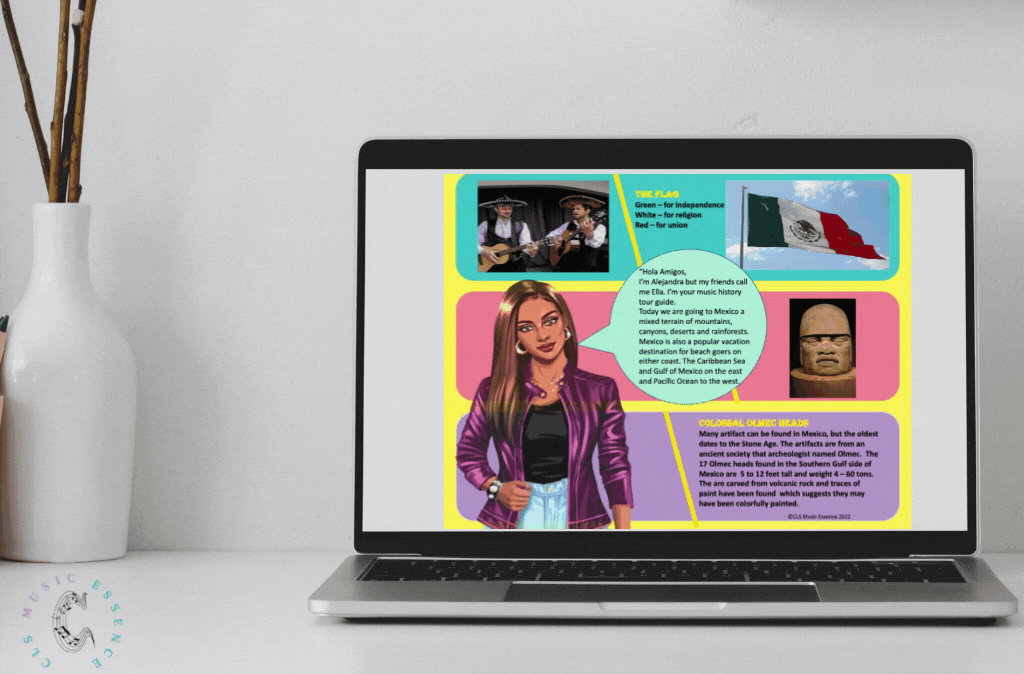
#2 Create a Cartoon
Once you have all the facts to share make a template to drop all your facts into that resemble a cartoon. You can have a narrator with speech bubbles to draw their attention and have blocks to drop your information into. I used fun colors to represent the building in Mexico.
#3 Save Your Voice with Narrated Google slides
This is my favorite thing to do and students love it. Record the narration for each slide and insert it into google slides or another similar program that you use. On google docs show it in presenter view and set the audio to play automatically with each slide. Not only do you save your voice from having to read out loud for however many music classes you teach but you can use it for any remote students or for those who were absent. Record once and you are done. Plus students find it more interesting than just reading history facts or being lectured to.

Better yet, let students record the narration of the google slides. They can work on voice inflection and discover what it takes to make facts sound exciting for the listener. Students are into gaming and really latch on to sharing ideas on how to set up the music room as a sound recording studio.
Other students can create a podcast effect by finding appropriate music to act as an introduction for the opening slide and to end the presentation. This would give music students opportunities to work on dynamics of the music as it fades out for the speaker’s voice to be heard or fades in for the end of the presentation.
#4 Add YouTube Videos
Still one of the best ways to hook students on music is for them to see and hear it. It does take some time to sift through and find the best videos. I always watch the entire video just to be sure there is not anything you would not want to share. Another trick when adding the video to your presentation is to put a dash – in between the t and the u in the world youtube i.e., yout-ube. This gets rid of the commercials that pop up.
If you are using google slides, just insert a new slide and then insert your video on that slide. When using the presenter view click forward twice to play. The first time advances to the slide the second time plays the video.
#5 Add Assessment Activities
To keep students engaged, create some sort of follow up activity. This is where you can make this accessible for multiple age groups. Younger students can be reminded of new vocabulary through a word search, and older students can fill in a worksheet. I like to use a variety of fill in the blank answers, unscramble words, ask a thought provoking opinion question and give a 1-5 star rating for the music they listen to from Mexico.
See How Around the World Music will Enrich and Grow Students All Year for ideas on how to create a year long unit. I share more ideas to generate a lesson for music from the world. You can also get an idea of the finished lesson plan by seeing my product that I use for Music from Mexico here.
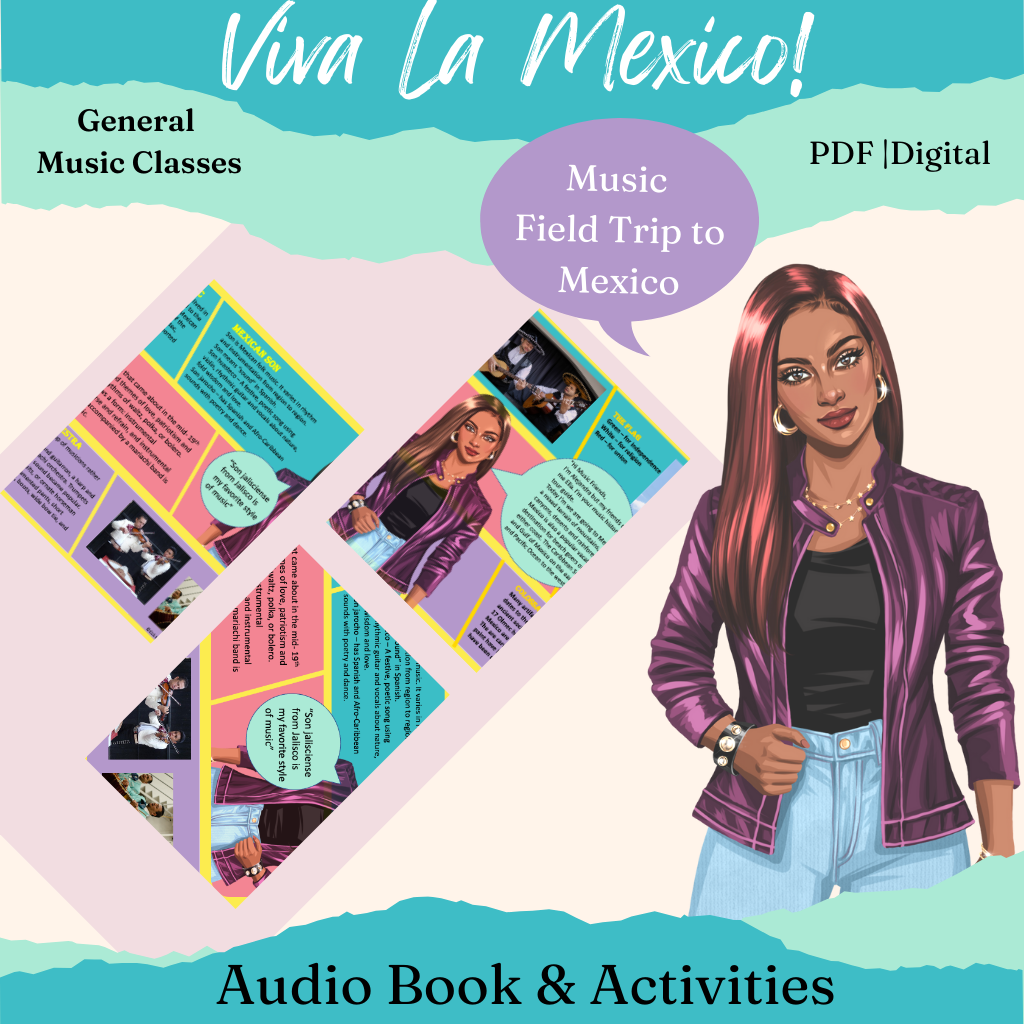
Mexico celebrations and traditions will grow your students to be culturally aware students with a deeper understanding and appreciation of differences throughout the world and the bond that music has to unite the world. Check out another blog on Music around the World Here.
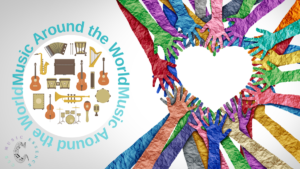

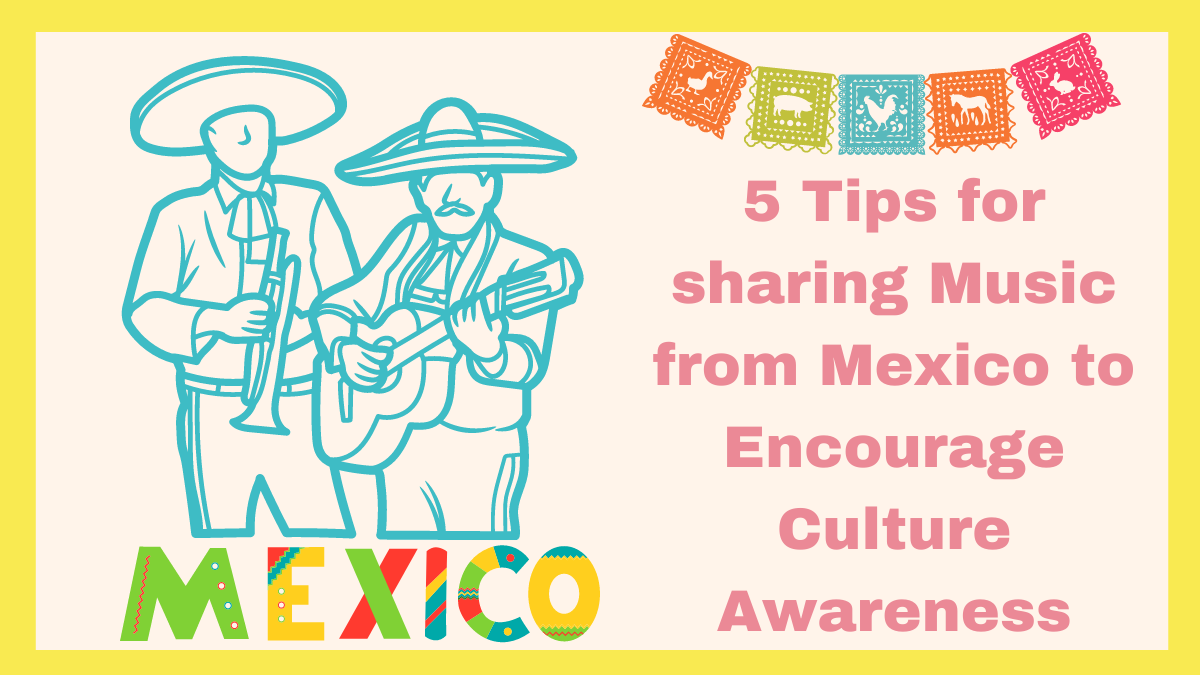
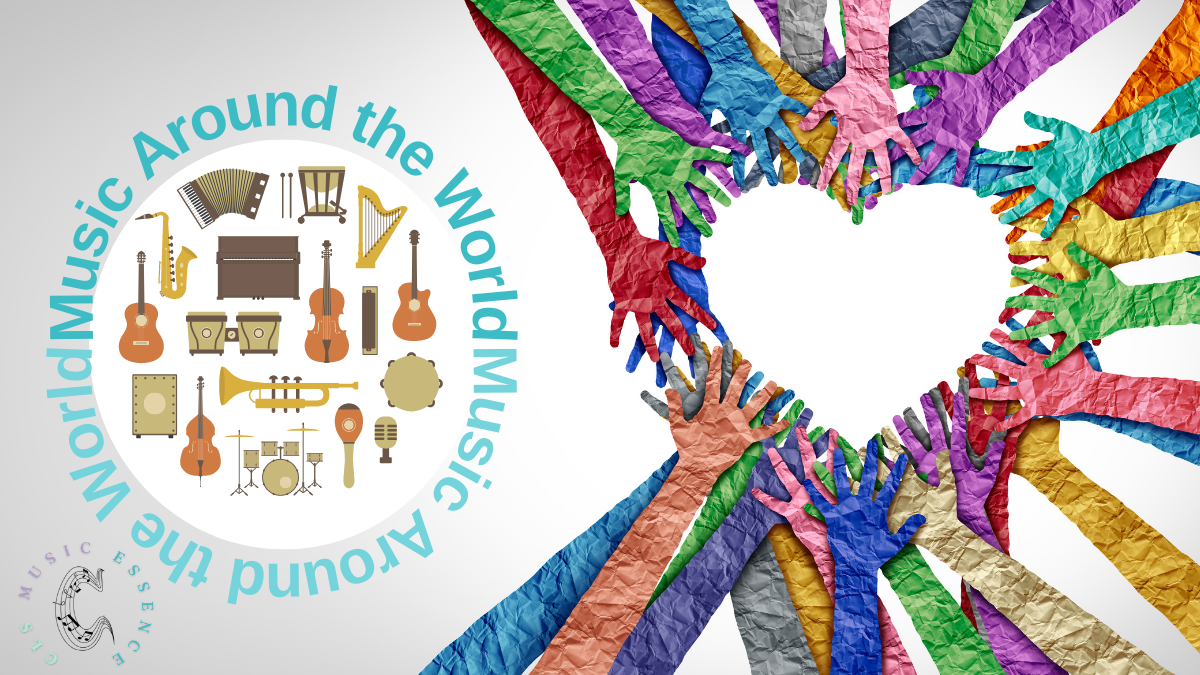
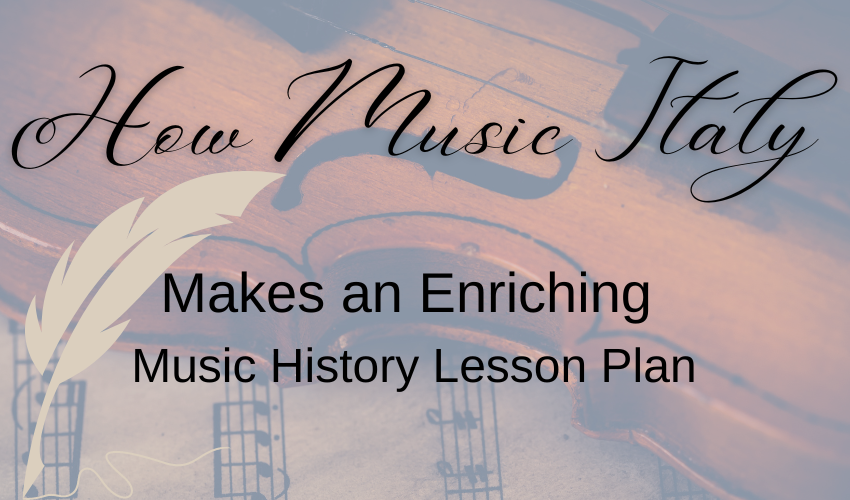
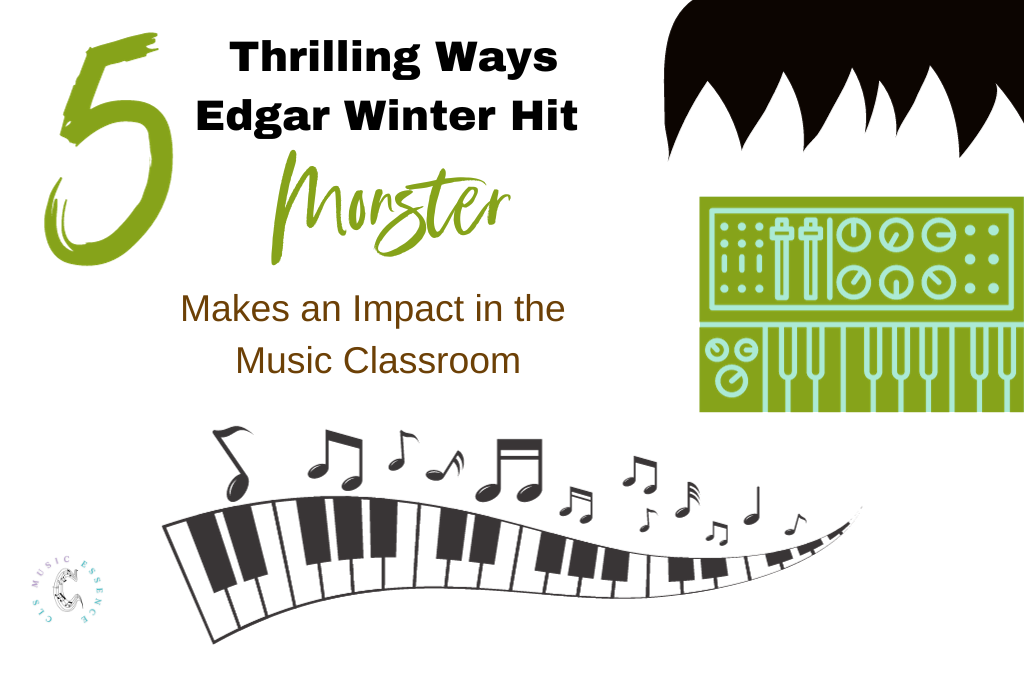
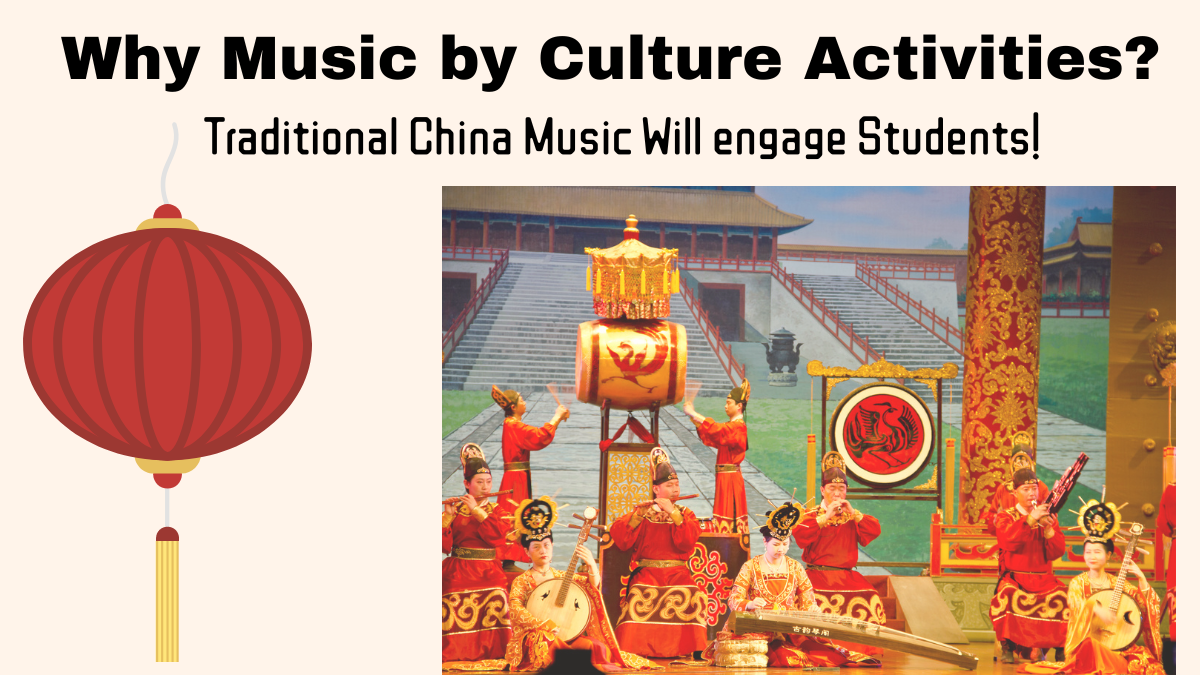
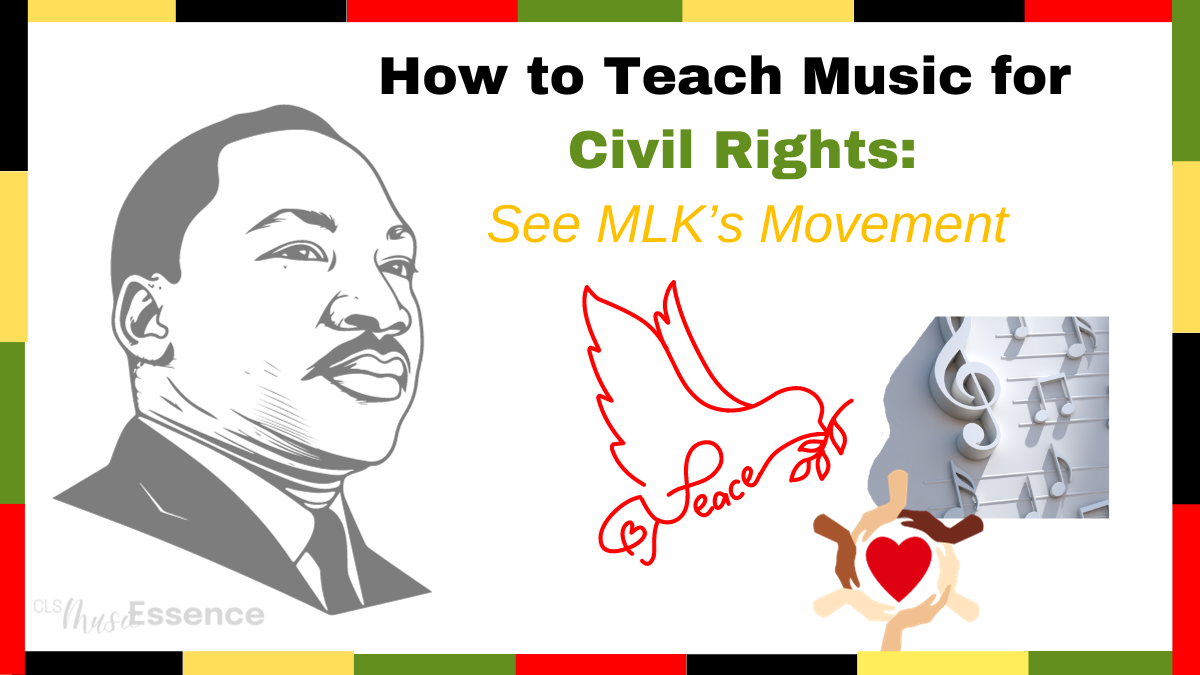

One Comment